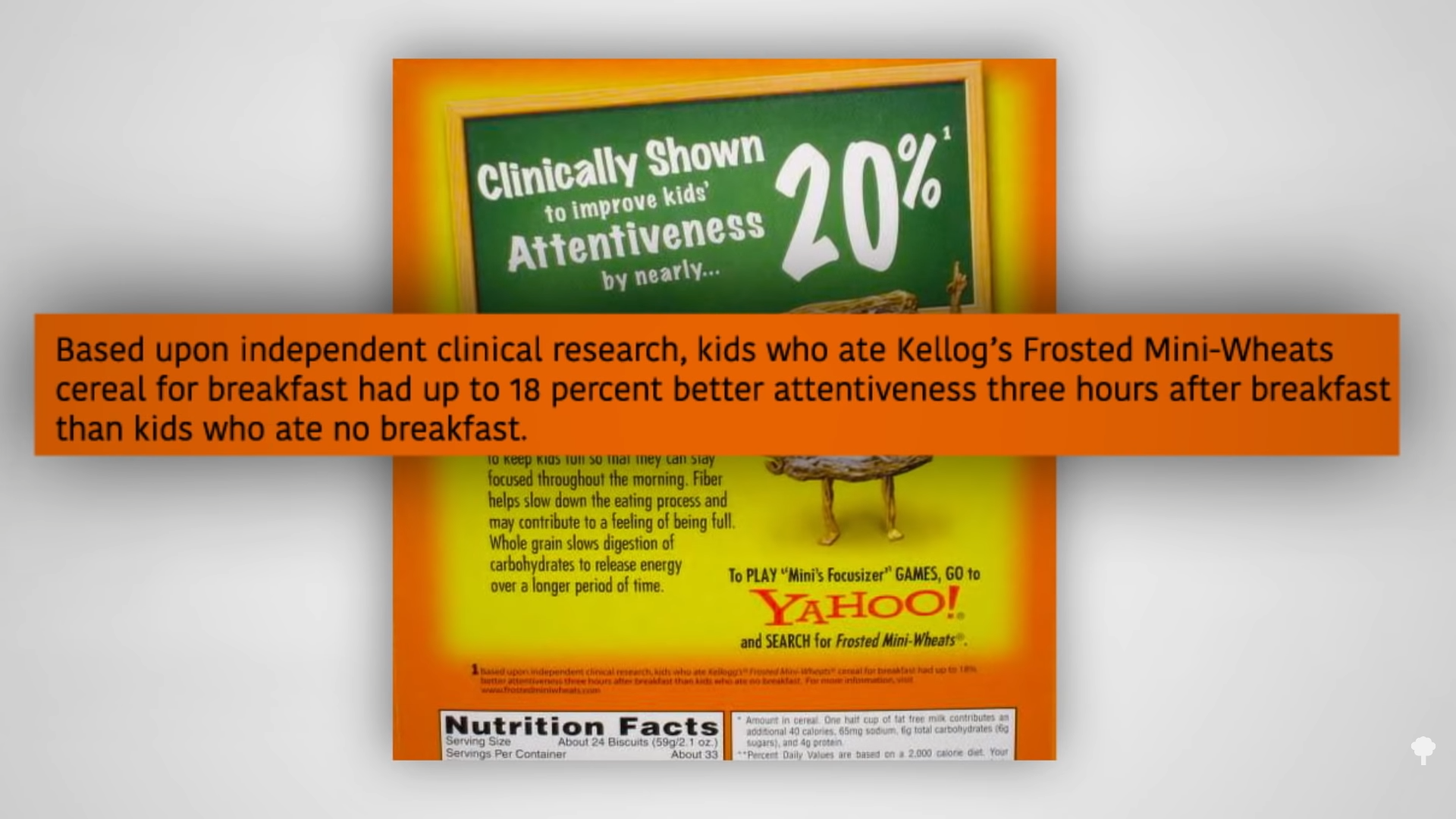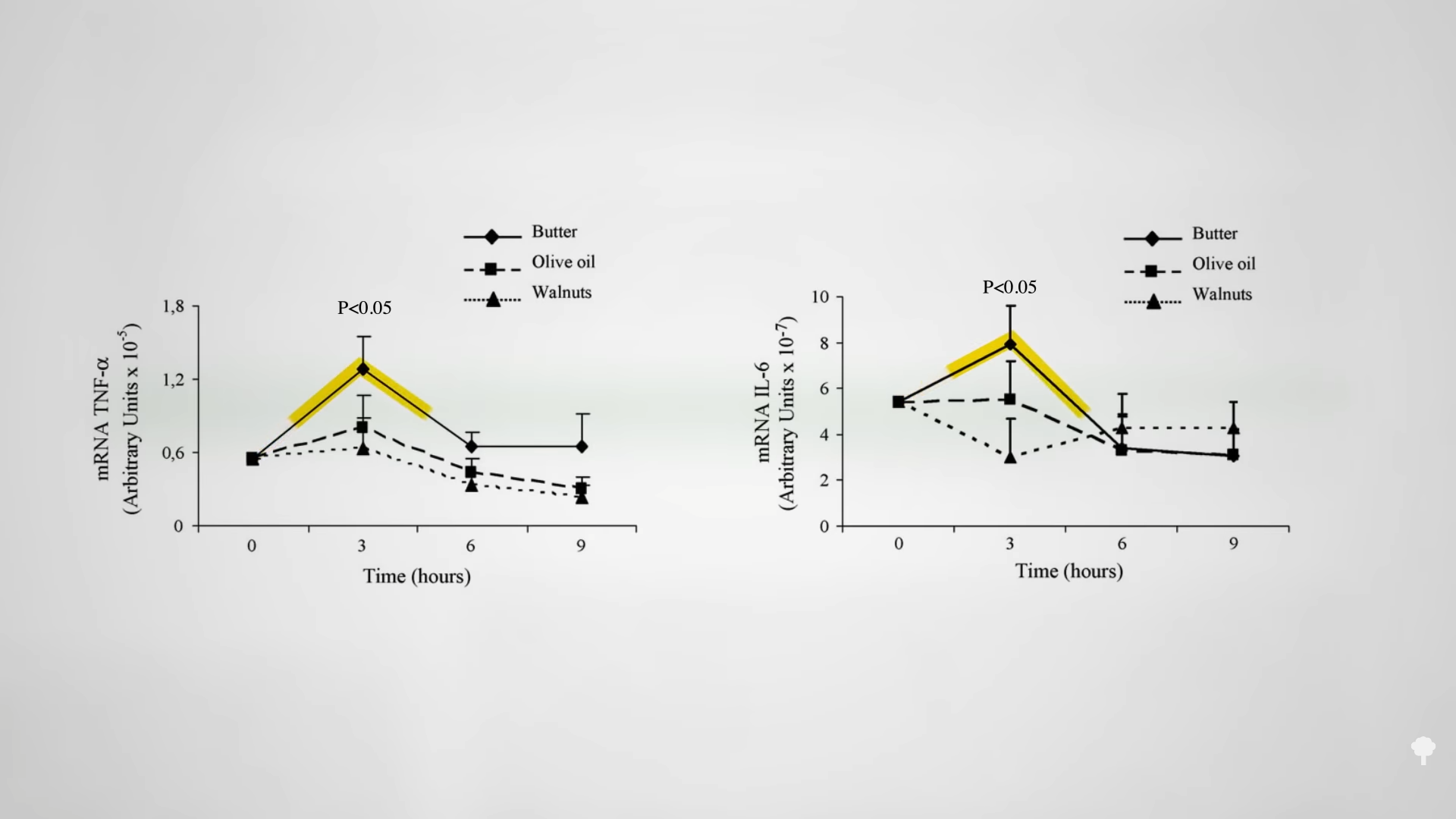Are butter and other saturated fats bad for you or not?
My video Friday Favorites: Is Butter Really Back? What the Science Says explores the uses and misuses of research on butter consumption and health. Time magazine famously exhorted people to “Eat Butter” and no doubt sold a lot of magazines, but perhaps at the cost of selling the public short. The publication followed up with an article that doubled down, saying that “the case for eating butter just got stronger.” It was based on the study “Is Butter Back? A Systematic Review and Meta-Analysis of Butter Consumption and Risk of Cardiovascular Disease, Diabetes, and Total Mortality” and claimed: “Pooling these studies, each daily serving of butter (14g/d) was associated with a 1% higher risk of death.” Hold on. One percent? That’s the study that’s supposed to make the case to eat butter stronger? Further, the study suggests that swapping just a spoonful or so of oil in place of butter every day might drop the risk of diabetes by 8 percent. “Thus, even with the absence of major health associations in the present investigation, healthier (and less healthy) alternatives may be available.” A 1 percent increase in death is pretty tiny, though. Why didn’t the researchers find a larger effect? Well, butter is just a tiny part of people’s overall diets. It’s illustrative to review the candy literature.
The National Confectioner’s Association is fond of contracting with scientists-for-hire like those at Exponent Inc., a company infamous for shilling for Big Tobacco and chemical companies. As you can see below and at 1:22 in my video, it encourages people to eat candy every day—but “in moderation,” like 15 to 25 jelly beans a day. Parents who restrict foods “in an effort to moderate a child’s intake of calories” are just going to make their kids fat, argue such scientists-for-hire.

See, parents use “coercive practices…to limit children’s access to palatable, energy-dense, or low-nutrient foods, which may include when, how often, or how much can be consumed.” Isn’t it outrageous that parents have the gall to tell their kids when, how often, or how much candy can be consumed? Don’t they know that butter(scotch) is back? “Evidence suggests that it [candy] is not associated with adverse health effects.” Don’t believe me? Ten thousand kids surveyed in one study were asked if they had eaten candy within the last 24 hours, and, after researchers compared those who said yes to those who said no, they concluded: “Current levels of candy consumption were not associated with adverse health parameters in children or adolescents.” And, this was a study in which the authors declared no conflicts of interest—even though it was a study about candy funded by the candy industry. Seems like interests were a bit conflicted.
Do you see how it would be hard to tease out the specific health effects of candy with such a blunt instrument? We don’t need a study, though, because we already know what candy is: It’s candy. It’s mostly pure sugar. We already eat too much sugar and certainly don’t need more. You don’t need to pay off researchers to come up with a study like this about candy or devise one about butter. We already know what butter is: It’s butter. It’s mostly pure saturated fat. We already eat too much saturated fat and certainly don’t need more. Anyway, it gets even wilder. Claimed the scientists-for-hire, “Candy consumers were…less likely to be overweight and obese than non-candy consumers.” Really? Maybe the candy company was right. Pass the Peeps!
“Is candy eating a way to control body weight?” What’s an alternative explanation of why obese children eat less candy? Reverse causation. Perhaps it’s not that cutting down on candy led to obesity, but rather obesity led to cutting down on candy. In other words, the “reported candy consumption…reflects consequences of obesity, not causes,” just like people with heart disease may cut down on butter, clouding the association. And, remember, it was reported candy consumption, which brings up the specter of reporting bias. “In other words, overweight children or adolescents may underreport their intake of confectionery [candy] to a greater extent than do those of normal weight.”
Otherwise, “what would the implications of the finding” be? Do we want to randomize kids to eat more candy to see if it makes them lose weight? “It is doubtful that any ethical committee would be happy about this kind of a proposal,” but you don’t know until you put it to the test. Feed folks extra candy or the same number of extra calories in the form of peanuts, and surprise, surprise: Those who ate all of that extra candy gained more weight.
There was an interventional trial that showed that candy can improve ADHD symptoms, though. What’s the story with that? If you’re the Mars candy bar company and want to fund a study showing that candy bars help kids focus, what would you do? The “parents were sent a formal letter instructing them not to feed their child after 10 p.m. and to send them to school without breakfast,” then the children were given a candy bar or an aspartame beverage, basically nothing. And, what do you know? Feeding kids something rather than nothing “enhanced [their] ability to stay on task.” That reminds me of a Frosted Mini-Wheats ad that you can see at 5:08 in my video that boasted the cereal was “clinically shown to improve kids’ attentiveness by nearly 20 percent” with the really fine print explaining that this was compared to kids who ate no breakfast at all.

Butter has been put to the test, too. As you can see at 5:29 in my video, give people a single meal with butter, and you see a boost of inflammatory gene expression within just hours of consumption, significantly more than you’d see after they ate the same amount of fat in olive oil or walnuts. You can randomize people to foods made with all sorts of different fats, and butter has been shown to be the worst in terms of LDL cholesterol. Those were short-term studies, though. It’s not as if you can randomize people to eat or avoid butter for years—unless they’re patients in a mental hospital, and that was the case for one study where researchers showed that you can raise or lower their cholesterol and cut coronary events by about 40 percent just by switching diets. The study participants also cut down on meat and eggs, however, so it wasn’t only butter.

You can’t get a whole country to cut down on butter, or can you? A 75 percent drop in butter consumption in Finland helped create an 80 percent drop in heart disease mortality, which was driven largely by the countrywide drop in cholesterol levels, which was largely driven by the countrywide dietary changes to lower saturated fat intake, such as moving away from butter.
The bottom line is that researchers have put it to the test in randomized, controlled trials involving more than 50,000 people and found that the more you decrease saturated fat content, the more your cholesterol drops, and the greater the protection. “Lifestyle advice to all those at risk of cardiovascular disease…should continue to include permanent reduction of dietary saturated fat…” The American Heart Association got so fed up with industry attempts to confuse people that it released a Presidential Advisory in 2017 to make it as clear as possible. “The main sources of saturated fat to be decreased” include butter.
This is the second time I’ve address the obfuscation surrounding saturated fat, part of an industry-wide scheme. Check out The Saturated Fat Studies: Set Up to Fail and The Saturated Fat Studies: Buttering Up the Public.





